Safety Instrumented Systems (SIS) play a crucial role in ensuring the safety and reliability of industrial processes. These systems are designed to automatically detect and mitigate hazardous conditions, protecting people, equipment, and the environment. A typical SIS is composed of several key components, each with distinct functions that contribute to the overall safety of industrial operations. Below, we will explore these components in detail.
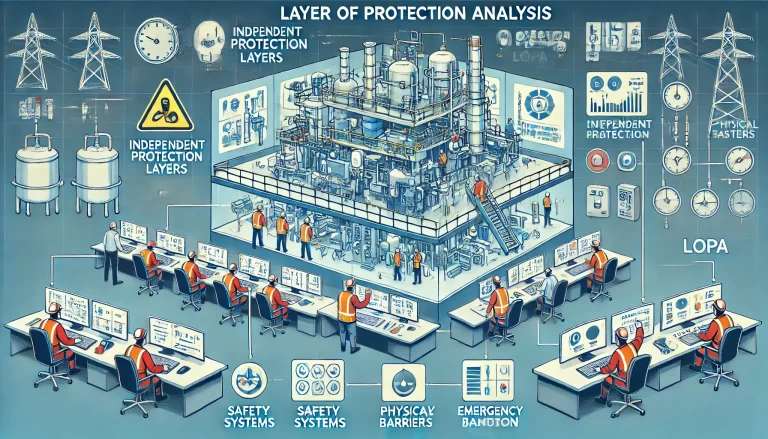
1. Sensors: The Detection Frontline
Sensors serve as the eyes and ears of a Safety Instrumented System. They monitor various process parameters such as pressure, temperature, flow rate, and liquid levels. When these parameters exceed predefined safety thresholds, the sensors send signals to the logic control unit. The accuracy and reliability of sensors are vital, as false readings can lead to unnecessary shutdowns or, conversely, missed hazardous events. Modern sensors are designed with advanced diagnostic capabilities to detect faults and ensure high levels of operational safety.
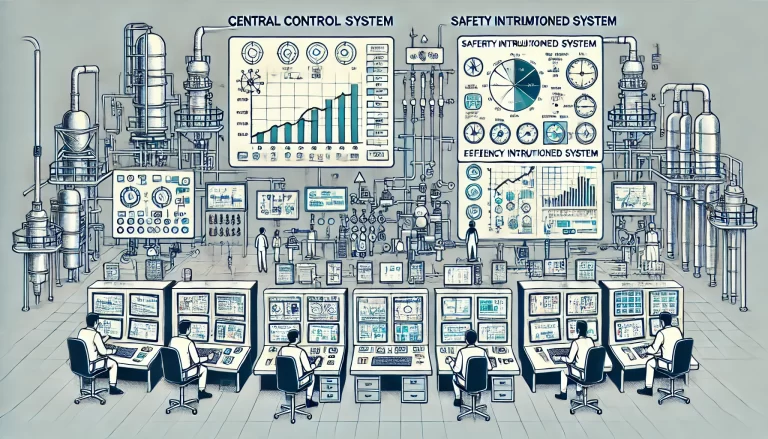
2. Logic Solver: The Decision-Making Core
The logic solver is the brain of the SIS. It receives input from the sensors and processes this data according to programmed safety logic. This component determines whether action needs to be taken based on the conditions it monitors. Logic solvers can be programmable logic controllers (PLCs), safety controllers, or distributed control systems (DCS) with safety-rated software. Their role is to execute pre-configured safety functions, such as shutting down a process or activating emergency systems, within milliseconds when a dangerous situation is detected.
Reliability is paramount for the logic solver, as it ensures the correct interpretation and execution of safety actions. For this reason, redundancy is often incorporated, with multiple logic solvers working in parallel to prevent failure during critical operations.
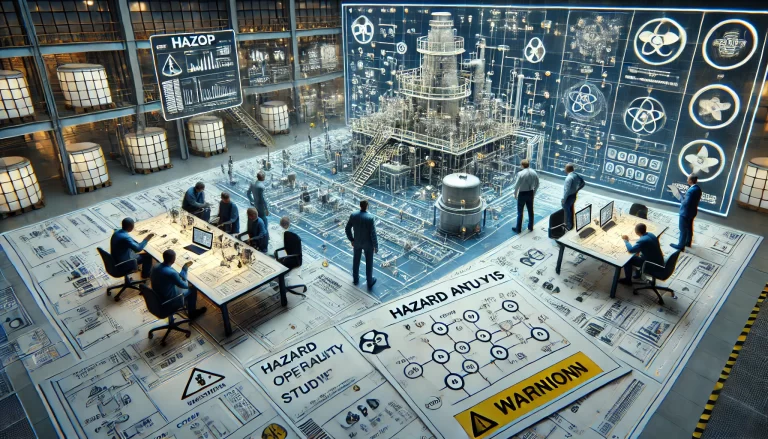
3. Actuators: The Physical Response Agents
Actuators are the components that physically execute the safety response decided by the logic solver. This can include opening or closing valves, tripping circuit breakers, stopping motors, or any action that directly impacts the process to mitigate a hazardous situation. Actuators are designed to respond promptly and reliably, as any delay or malfunction can have severe consequences.
Typical actuators include:
Valves: Used to control the flow of liquids or gases, essential for isolating parts of a system.
Relays: Switch electrical circuits to enable or disable equipment.
Motors: Stop or start processes based on safety needs.
Ensuring actuators function correctly under all conditions is a critical aspect of SIS maintenance. Regular testing and redundancy are also used to bolster reliability.
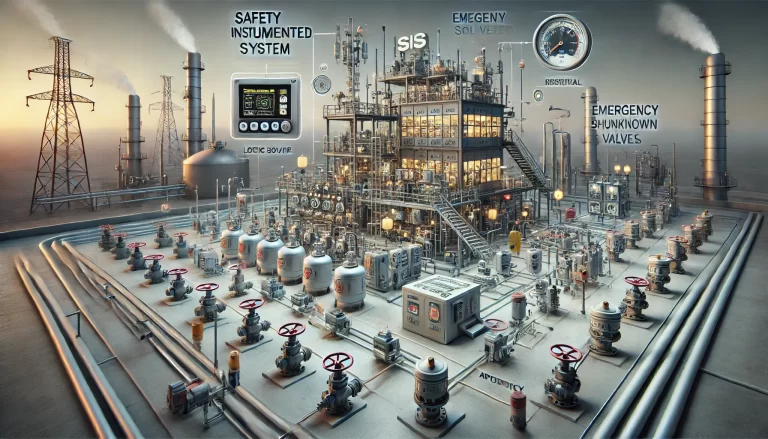
4. Human-Machine Interface (HMI): The Operational Window
The Human-Machine Interface (HMI) acts as the bridge between operators and the SIS. It provides a visual display and control interface where operators can monitor system status, acknowledge alarms, and interact with safety protocols. A well-designed HMI enhances situational awareness, allowing operators to respond effectively in both normal and emergency conditions.
The HMI displays critical information such as:
Real-time process data: Live readings from sensors and system status.
Alarms and alerts: Notifications about potential or actual safety incidents.
Manual control options: Enabling operators to override automatic functions when necessary.
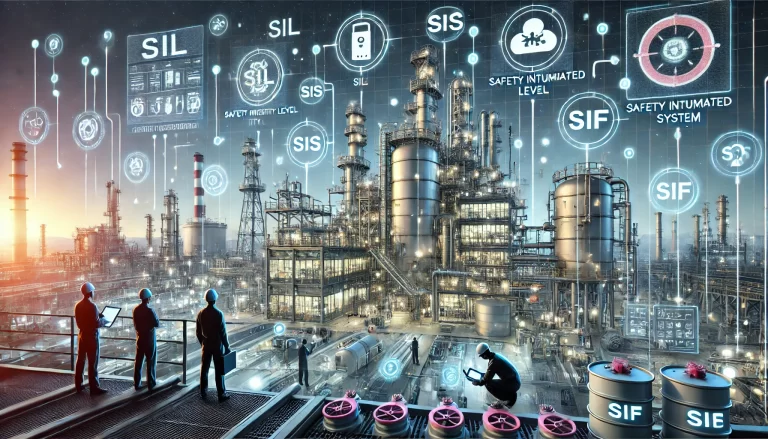
The Importance of Integration and Reliability
A well-functioning Safety Instrumented System depends on the seamless integration of its components. The sensors, logic solver, actuators, and HMI must work together cohesively to provide rapid and reliable responses to hazardous conditions. Any failure in one part of the system can compromise its effectiveness, which is why redundancy, regular testing, and maintenance are crucial.
Moreover, adherence to industry standards such as IEC 61508 and IEC 61511 ensures that SIS components meet stringent safety requirements. These standards outline best practices for designing, implementing, and maintaining safety instrumented functions (SIFs).
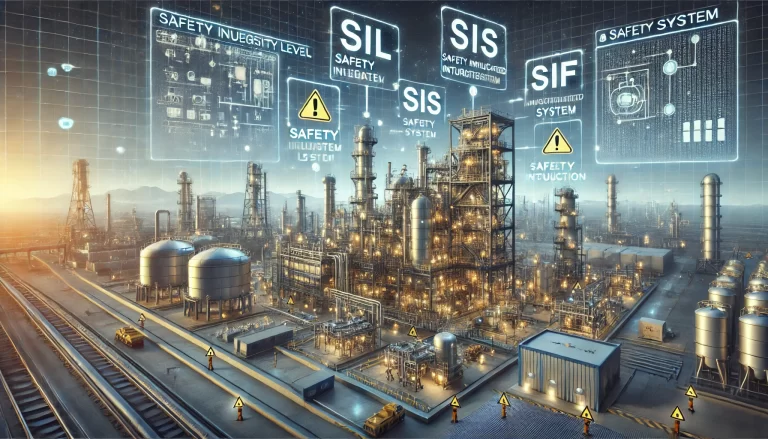
Conclusion
Safety Instrumented Systems are indispensable for maintaining the safety and reliability of industrial operations. Understanding the role of each component—from sensors to HMIs—is essential for effective system design and operation. Proper integration, maintenance, and adherence to safety standards ensure that these systems can perform their critical protective functions when needed most, safeguarding lives, assets, and the environment.
